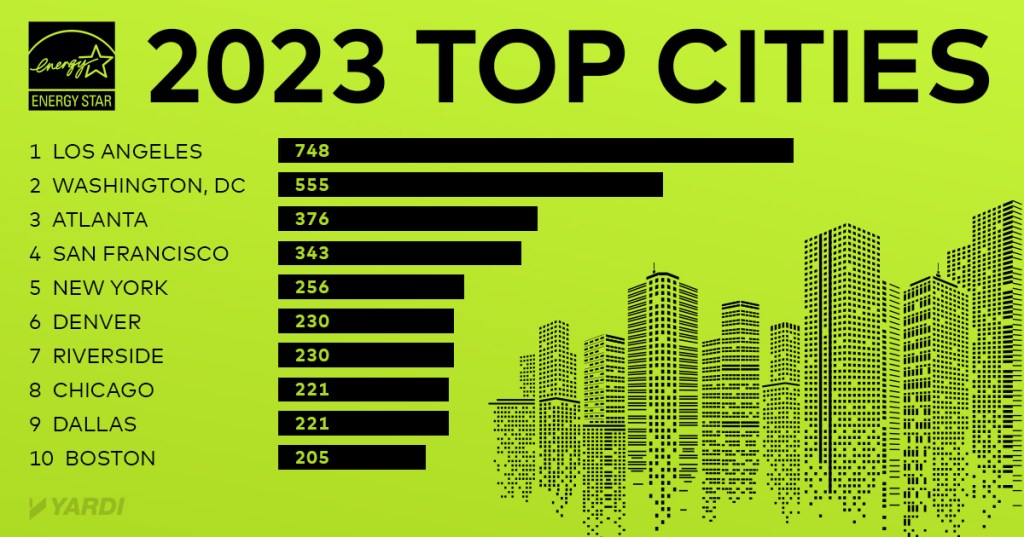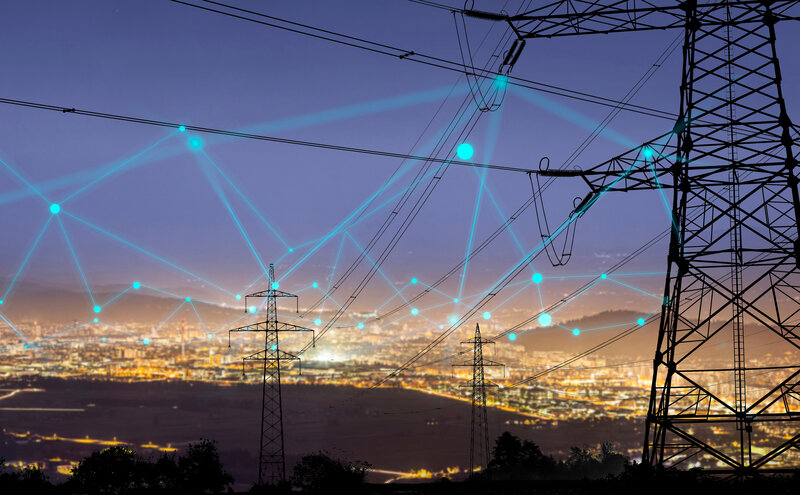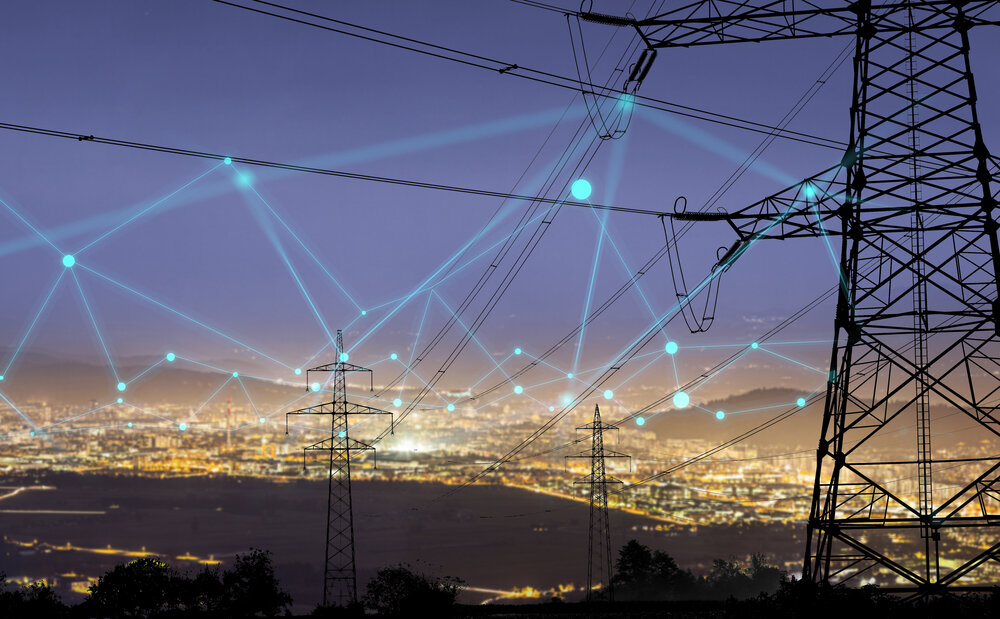Keys to ESG
Stay Ahead of the Curve
Note: This article is adapted from an interview with Joe Consolo, Yardi’s industry principal for energy, that was published in PERE magazine. “ESG [environmental, social and governance] performance is becoming a key concern and differentiator for many real estate players,” PwC and the Urban Land Institute declared in their joint Emerging Trends in Real Estate […]














